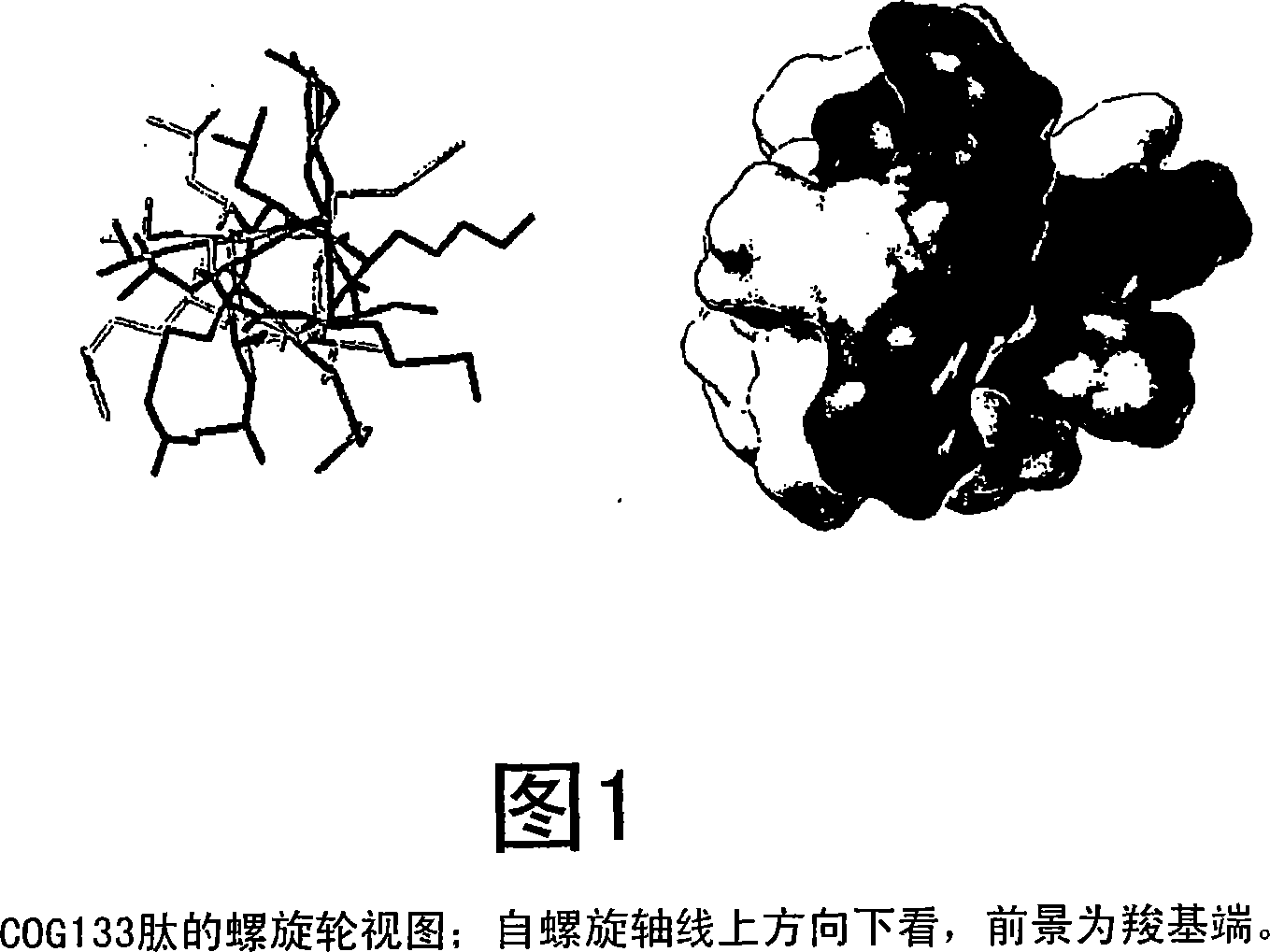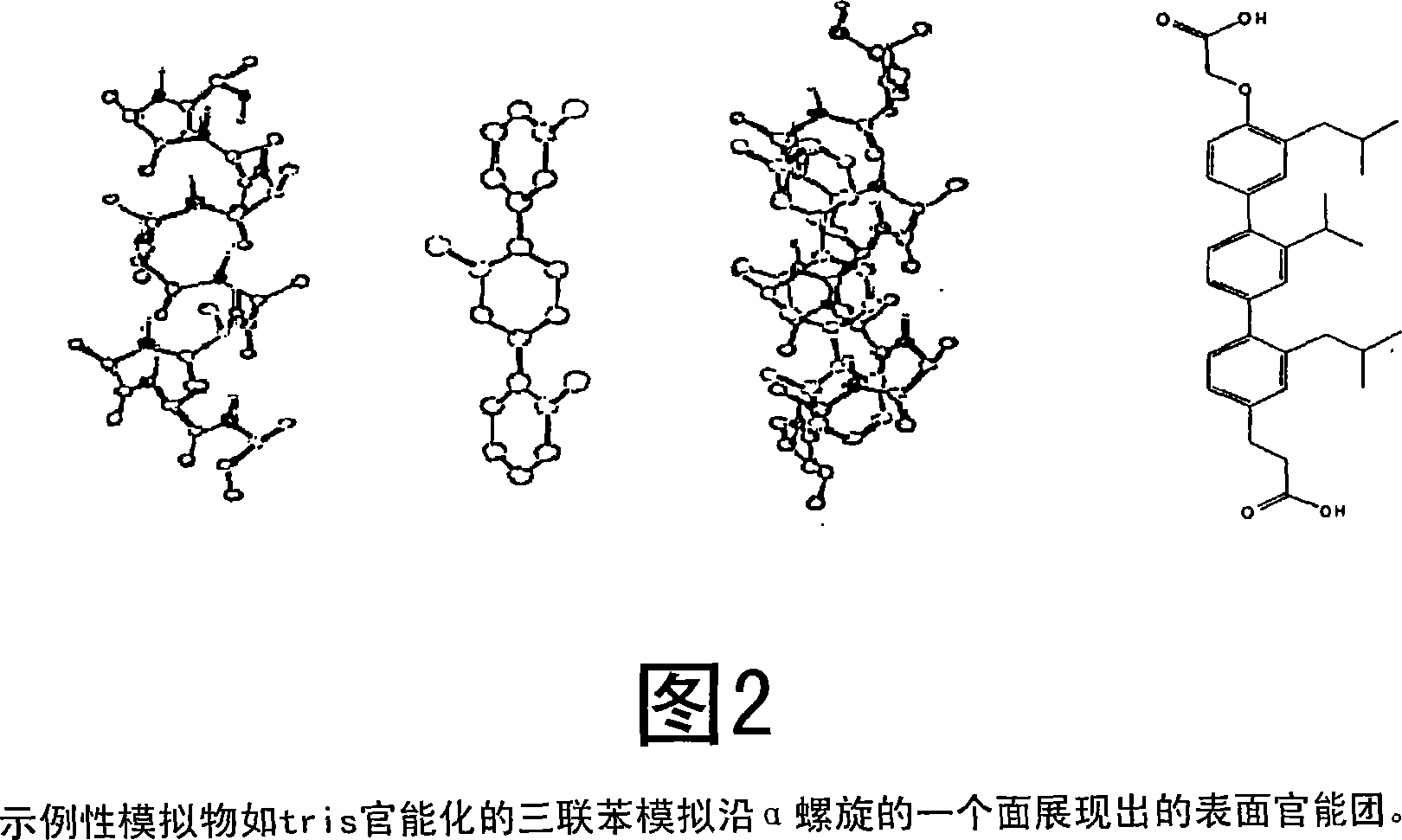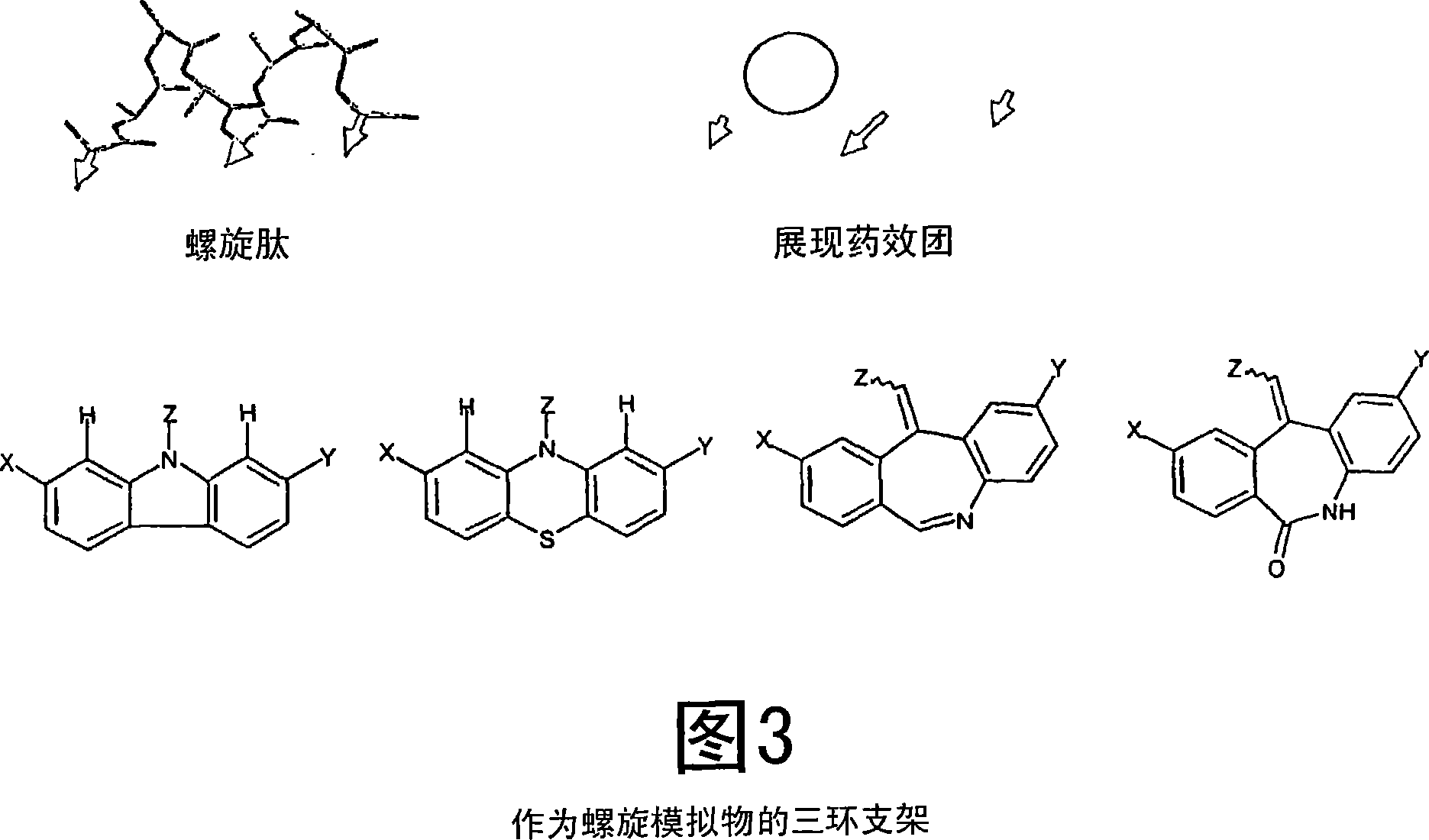Improved apo e analogs and methods for their use
A technology of analogs, drugs, applied in improved APOE analogs and their fields of use, which can solve problems such as exacerbation, sepsis, elevation, etc.
- Summary
- Abstract
- Description
- Claims
- Application Information
AI Technical Summary
Problems solved by technology
Method used
Image
Examples
Embodiment 1
[0211] Example 1: Design and Characterization of Improved Peptide Analogs
[0212] Retro Inverso Peptide
[0213] Peptide analogs containing substitutions with D-amino acids for L-amino acids were prepared to study the stereospecificity of ApoE 130-150 activity. Applicants compared all L-amino acid peptides to all D-amino acid peptides to test whether retro-inverso analogs of ApoE 130-150 were active. The retro-inverso analogue is the reverse sequence (ie ApoE 150-130), which consists only of D-amino acids (all D ApoE 150-130). Unlike the report by Pescarolo et al. (2001), the applicants found that the retro-inverso peptide was incredibly toxic at any concentration above 0.01 micromolar. Therefore, the observed marked reduction in nitric oxide production by BV-2 microglia is an artifact since the cells tested had been killed by this retro-inverso peptide. Furthermore, all-D amino acid analogues of ApoE 130-150 did not have the activity to inhibit the release of nitric oxide...
Embodiment 2
[0288] Example 2: Characterization of COG432
[0289] Figure 4 presents the rotarod test results after TBI treated with 4 mg / kg or 1 mg / kg of COG432, (COG432: Ac-ASHLRKLAibKRLL (SEQ ID NO. 6)) or control (saline). The vertical axis is rotarod balance performance (100% is rotarod balance performance prior to TBI). Treatment with COG432 4 mg / kg or saline was initiated 2 hours after traumatic brain injury and animals were tested beginning day 1 post-TBI and daily for 5 days thereafter. On day 5 post-TBI, animals treated with 4 mg / kg of COG432 peptide recovered approximately 80% of their function as determined by the rotarod test. Control mice treated with saline vehicle alone recovered less than 50% of their function.
Embodiment 3
[0290] Example 3: Characterization of COG1410
[0291] COG1410 was synthesized, an analog containing two aminobutyric acid (Aib) substitutions at positions L140 and R145. Aib is an unnatural amino acid that has been found to form a helical conformation independent of the type of amino acid in the peptide (Marshall et al. 1990). Furthermore, Aib increases binding affinity as it exhibits a reduced loss of conformational entropy upon binding relative to other amino acids (Ratnaparkhi et al. 2000).
[0292] Cellular level analysis
[0293] As shown in Figure 7, we found that COG1410 was significantly more potent than COG133 when tested at the cellular level to inhibit the release of nitric oxide (9A) and TNFa (9B). Furthermore, preliminary in vivo screening suggested that COG1410 was neuroprotective when administered 120 minutes after TBI, in contrast COG133 was not neuroprotective at this time point (Figure 8).
[0294] Dose-response study
[0295] Preliminary dose-response s...
PUM
 Login to View More
Login to View More Abstract
Description
Claims
Application Information
 Login to View More
Login to View More - R&D
- Intellectual Property
- Life Sciences
- Materials
- Tech Scout
- Unparalleled Data Quality
- Higher Quality Content
- 60% Fewer Hallucinations
Browse by: Latest US Patents, China's latest patents, Technical Efficacy Thesaurus, Application Domain, Technology Topic, Popular Technical Reports.
© 2025 PatSnap. All rights reserved.Legal|Privacy policy|Modern Slavery Act Transparency Statement|Sitemap|About US| Contact US: help@patsnap.com



